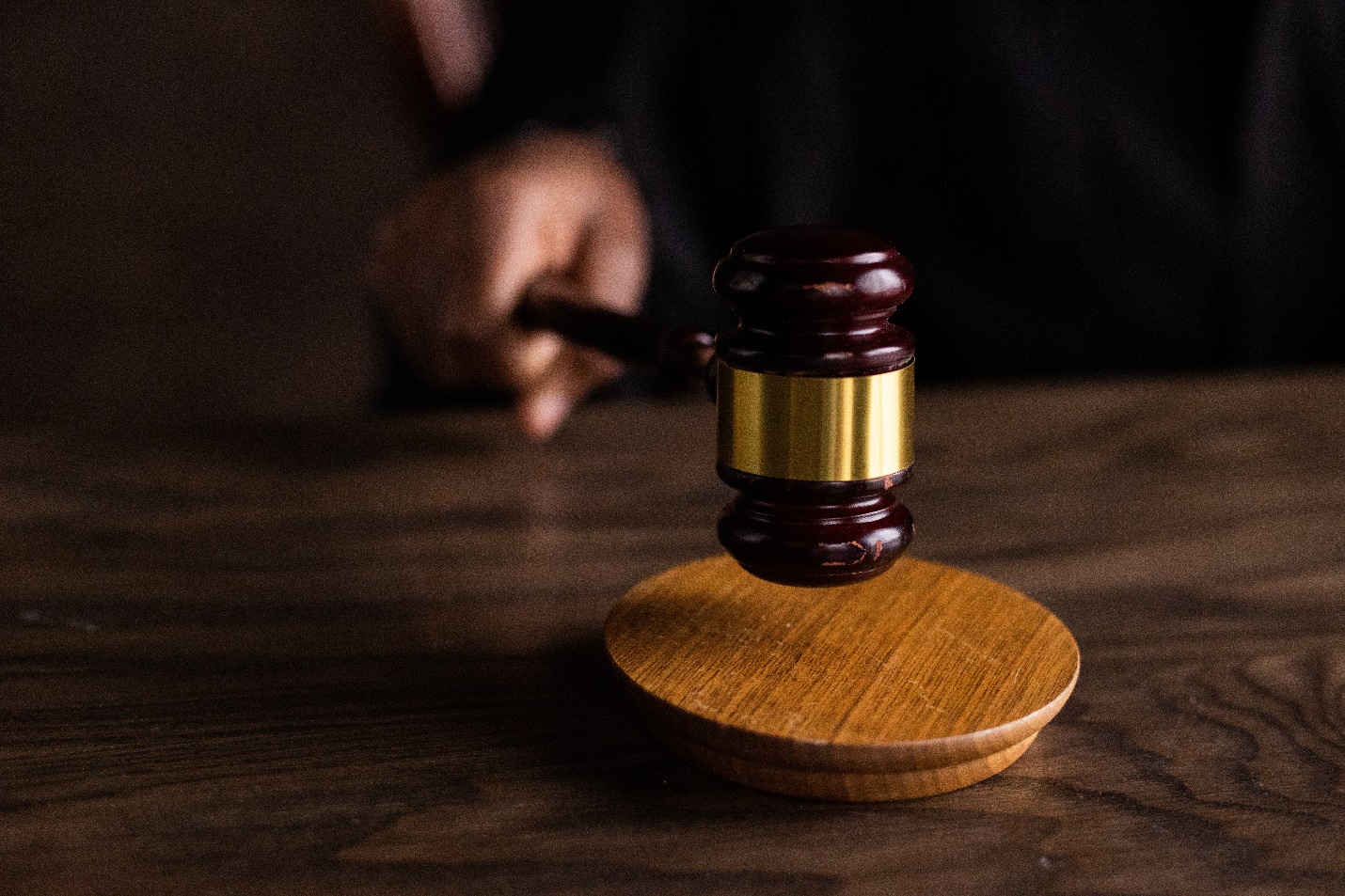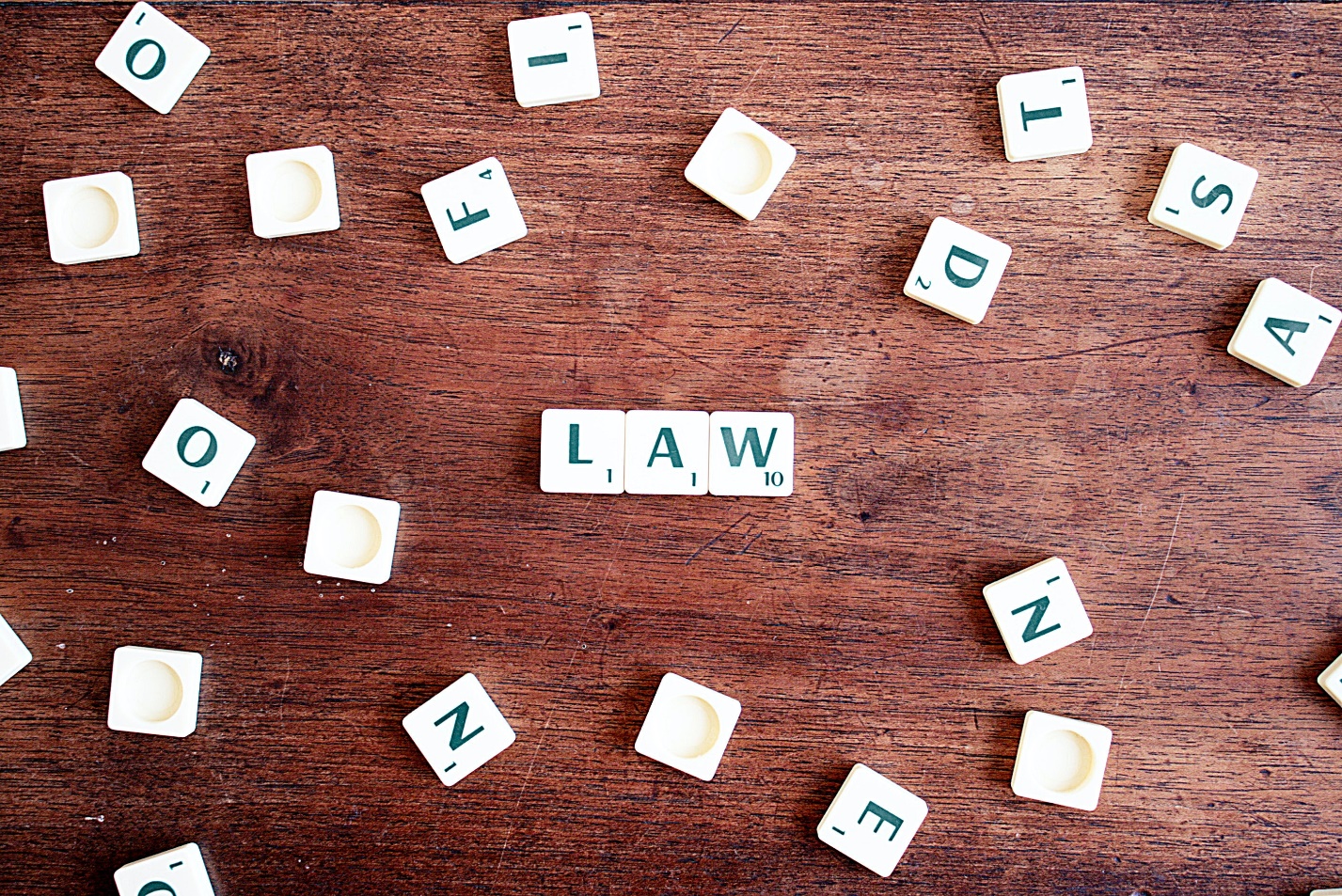Money laundering in the digital age poses significant challenges for the United Kingdom. Financial transactions have become faster, more convenient, and increasingly digital as technology advances. While these developments bring numerous benefits, they also create new opportunities for criminals to exploit the financial system for illicit purposes.
The Digital Age and Money Laundering
The digital age has transformed financial transactions, presenting opportunities and challenges in the fight against money laundering. Technology advancements have made transactions faster and more convenient, but they have also provided criminals with new ways to exploit the financial system for illicit purposes.
Challenges in Combating Digital Money Laundering in the UK
The United Kingdom (UK) faces significant challenges in combating digital money laundering due to the unique characteristics of the digital age. These challenges include:
Rapidly Evolving Digital Payment Systems
The constant development of new digital payment methods and technologies poses difficulties in keeping up with emerging money laundering techniques. Criminals can exploit vulnerabilities in these systems, necessitating continuous adaptation of anti-money laundering measures.
Anonymity And Pseudonymity in Digital Transactions
The anonymous nature of certain digital transactions, especially cryptocurrencies, makes identifying the individuals behind illicit activities challenging. This anonymity provides cover for money laundering operations and increases the complexity of investigations.
Global Nature of Digital Transactions and Jurisdictional Challenges
Digital transactions transcend national borders, making it difficult to effectively determine jurisdiction and enforce anti-money laundering regulations. Coordination among international authorities is crucial to tackling cross-border money laundering operations.
Difficulty In Monitoring and Detecting Complex Schemes
The sheer volume and speed of digital transactions make it difficult to identify patterns and detect sophisticated money laundering schemes. Criminals employ intricate techniques, such as layering funds through multiple transactions, to obscure the origins of illicit funds.
Legal and Regulatory Frameworks in the UK
The UK has established robust legal and regulatory frameworks to combat money laundering in the digital age. These frameworks aim to prevent illicit funds from infiltrating the financial system and ensure the integrity of the UK’s financial sector. Key aspects include:
Anti-Money Laundering (AML) Legislation
The UK has enacted stringent AML laws, such as the Money Laundering Regulations, to enforce due diligence requirements on financial institutions. These regulations mandate customer identification, record-keeping, and suspicious activity reporting to deter and detect money laundering activities.
Regulatory Authorities
Regulatory bodies, such as the Financial Conduct Authority (FCA) and the National Crime Agency (NCA), play a crucial role in overseeing compliance with AML regulations. They monitor financial institutions, conduct investigations, and impose penalties for non-compliance.
Updates To Legislation
The UK continually updates its legislation to address the evolving risks of digital money laundering. Recent updates have extended AML regulations to cover virtual currency exchanges and custodian wallet providers, enhancing regulatory oversight in the cryptocurrency sector.
Technological Solutions for Digital Money Laundering
In the fight against digital money laundering, technological solutions play a crucial role in enhancing detection and prevention capabilities. The UK has been exploring various technologies to strengthen its anti-money laundering measures. Key technological solutions include:
Blockchain Technology
Blockchain, the underlying technology of cryptocurrencies, offers potential solutions to combat money laundering. Its transparent and immutable nature can enhance transaction traceability, reducing anonymity in digital transactions and aiding in identifying illicit activities.
Digital Identity Verification Systems
Implementing robust digital identity verification systems can enhance customer due diligence processes. These systems use biometrics, document verification, and other techniques to establish the authenticity of individuals involved in financial transactions, reducing the risk of identity theft and impersonation.
The UK can strengthen its defenses against digital money laundering by harnessing these technological advancements. However, ongoing research, development, and collaboration with the private sector are crucial to staying ahead of ever-evolving money laundering techniques in the digital age.
Cooperation and Collaboration
In the battle against digital money laundering, cooperation, and collaboration among various stakeholders are essential for success. The United Kingdom recognizes the significance of effectively working together to combat this global issue. Key aspects of cooperation and collaboration include:
International Cooperation
Money laundering knows no boundaries, and international collaboration is crucial. The UK actively engages with other countries, sharing information, intelligence, and best practices to tackle cross-border money laundering networks. Bilateral and multilateral agreements strengthen the collective efforts to combat digital money laundering.
Public-Private Partnerships
Collaboration between the public and private sectors is vital in detecting and preventing digital money laundering. Financial institutions, technology companies, regulatory authorities, and law enforcement agencies must work in tandem to share knowledge, resources, and expertise. By leveraging each other’s strengths, they can develop innovative solutions and enhance the effectiveness of anti-money laundering measures.
Information Sharing Initiatives
Effective information-sharing platforms enable timely communication among stakeholders. Sharing intelligence on emerging money laundering techniques, typologies, and suspicious activities enhances the collective ability to promptly detect and respond to digital money laundering threats.
Final Thoughts
Addressing the challenges of money laundering in the digital age is of utmost importance for the United Kingdom. The rapid evolution of technology and the increasing prevalence of digital financial transactions have created new opportunities for criminals to exploit the financial system.
To combat digital money laundering effectively, the UK must employ a multi-faceted approach that combines robust legal and regulatory frameworks, innovative technological solutions, and international cooperation.











